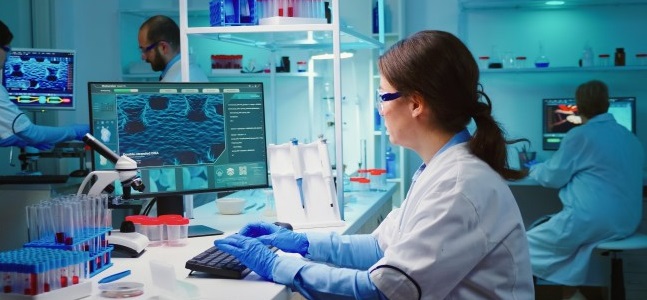DNA tests are important to know about relationships, trace ancestors, and even provide health insights. Unfortunately, with the growing demand for DNA testing, there’s also a rise in fake DNA test results. Whether it’s an at-home kit or a lab-processed test, it’s essential to identify signs indicating a fake DNA test.
Signs of a Fake DNA Test
- Lack of Registration: Reputable DNA testing labs undergo legal processes and complete steps that are necessary to start working as a Lab, such as affiliation with the American Association of Blood Banks (AABB). If your DNA test report doesn’t include registration details or the laboratory can’t be verified, don’t accept the results.
- 100% Certainty: DNA tests cannot provide 100% certainty on relationships. Valid paternity tests express results as a probability (e.g., 99.999%). Reports promising absolute certainty are likely fake.
- Poor Report Quality: Fake DNA results often have typos, grammatical errors, or unprofessional formatting. Legitimate reports are well-structured, with clear explanations of the testing procedures and results.
- No Contact Information: A company or lab offering DNA testing should have clear contact details. If your report lacks a physical address, website, or phone number for the testing facility, that’s not a good sign.
- Overly Complex Results: While DNA analysis is complex, legitimate results are presented clearly. If your report is filled with excessive scientific jargon or difficult-to-understand tables, it may be an attempt to represent fraudulent results.
How to Protect Yourself from Fake DNA Tests
- Use KinTouch: If you are worried about fake DNA tests, use the Kintouch Paternity test kit which offers more than 99% accuracy without need of blood or cheek swab, at your home within 10 minutes.
- Choose Certified Labs: Always opt for DNA testing laboratories that are certified by health organizations like AABB. This ensures they follow quality standards and procedures.
- Do Your Research: Before ordering a test, research the laboratory or company. Look for online reviews, testimonials, and any information on their license status.
- Ask Questions: Don’t hesitate to contact the lab before and after testing. Ask about their procedures, registration, and how they interpret results. A reputable lab will always give responses to any queries.
- Compare with Sample Reports: Most certified labs provide sample reports on their websites. Compare your report with these samples to spot any difference in formatting or language.

What to Do If You Suspect a Fake Result
- Contact the Lab: Reach out to the laboratory or company that issued the report and express your concerns. Legitimate providers will investigate and potentially offer a retest.
- Consult Experts: Consider consulting a DNA testing expert or a legal professional if necessary to verify the results independently.
- Report Fraud: If you have evidence of fraudulent activity, report it to relevant consumer protection agencies or legal authorities.
While DNA testing is a powerful tool, it’s important to stay safe. By understanding the signs of fake DNA test results and taking precautionary measures, you can better safeguard yourself from potential deception.
FAQs:
1. Can I get a refund if I discover my DNA test results were fake?
This depends on the company and their policies. Contact the laboratory immediately and tell them about the facts. Certified labs will investigate the matter and may provide a refund or retest.
2. What legal actions can I take if I’ve been a victim of a fake DNA test?
If you have evidence, you could potentially file a legal action for fraud or misrepresentation. It is better to consult with a lawyer to know about options.




